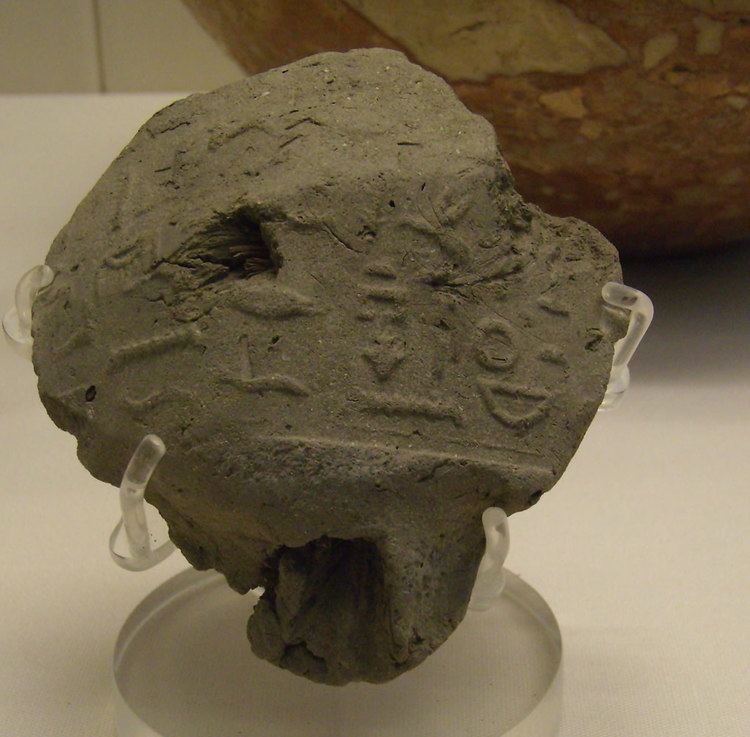 | ||
This is a list of languages arranged by the approximate dates of the oldest existing texts recording a complete sentence in the language. It does not include undeciphered scripts, though there are various claims without wide acceptance, which, if substantiated, would push backward the first attestation of certain languages. It also does not include inscriptions consisting of isolated words or names from a language.
Contents
A written record may encode a stage of a language corresponding to an earlier time, either as a result of oral tradition, or because the earliest source is a copy of an older manuscript that was lost. An oral tradition of epic poetry may typically bridge a few centuries, and in rare cases, over a millennium. An extreme case is the Vedic Sanskrit of the Rigveda: the earliest parts of this text may date to c. 1500 BC, while the oldest known manuscript dates to the 11th century AD, a gap of over 2,500 years. Similarly the oldest Avestan texts, the Gathas, are believed to have been composed before 1000 BC, but the oldest Avestan manuscripts date from the 13th century AD.
Because of the way languages change gradually, it is usually impossible to pinpoint when a given language began to be spoken. In many cases, some form of the language had already been spoken (and even written) considerably earlier than the dates of the earliest extant samples provided here.
For languages that have developed out of a known predecessor, dates provided here are subject to conventional terminology. For example, Old French developed gradually out of Vulgar Latin, and the Oaths of Strasbourg (842) listed are the earliest text that is classified as "Old French". Similarly, Danish and Swedish separated from common Old East Norse in the 12th century, while Norwegian separated from Old West Norse around 1300.
Before 1000 BC
Writing first appeared in the Near East at the beginning of the 3rd millennium BC. A very limited number of languages are attested in the area from before the Bronze Age collapse and the rise of alphabetic writing:
In East Asia towards the end of the second millennium BC, the Sino-Tibetan family was represented by Old Chinese. There are also a number of undeciphered Bronze Age records:
First millennium BC
The earliest known alphabetic inscriptions, at Serabit el-Khadim (c. 1500 BC), appear to record a Northwest Semitic language, though only one or two words have been deciphered. In the Early Iron Age, alphabetic writing spread across the Near East and southern Europe. With the emergence of the Brahmic family of scripts, languages of India are attested from after about 300 BC.
There is only fragmentary evidence for languages such as Iberian, Tartessian, Galatian, Thracian and Messapian. The North Picene language of the Novilara Stele from c. 600 BC has not been deciphered. The earliest examples of the Central American Isthmian script date from c. 500 BC, but a proposed decipherment remains controversial.
First millennium AD
From Late Antiquity, we have for the first time languages with earliest records in manuscript tradition (as opposed to epigraphy). Thus, Old Armenian is first attested in the Armenian Bible translation.
The Vimose inscriptions (2nd and 3rd centuries) in the Elder Futhark runic alphabet appear to record Proto-Norse names. Some scholars interpret the Negau helmet inscription (c. 100 BC) as a Germanic fragment.
By family
Attestation by major language family:
